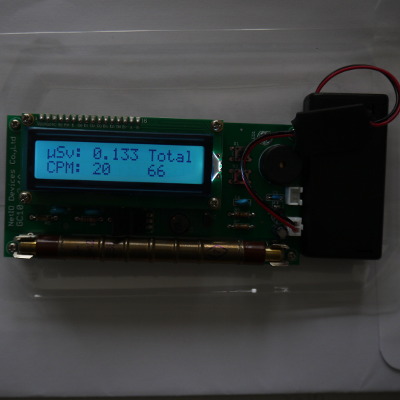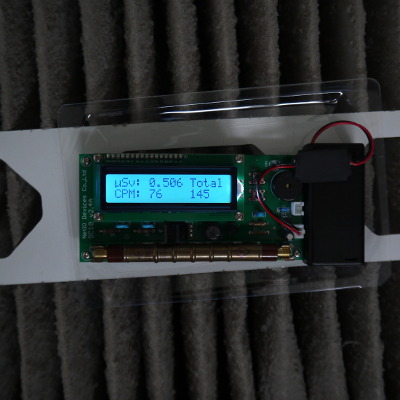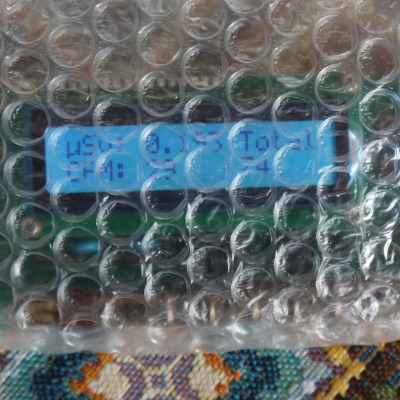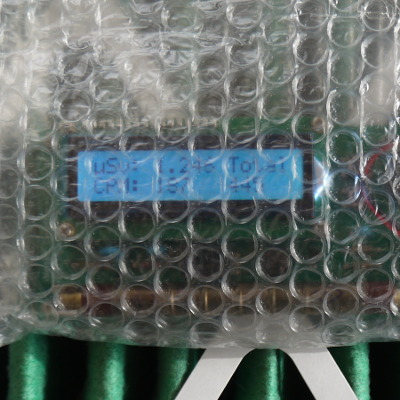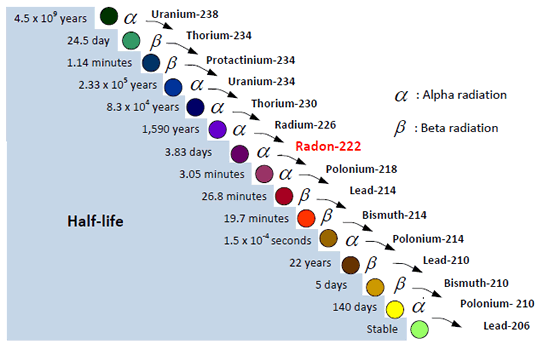
Uranium-238 decay chain (from https://nuclearsafety.gc.ca/eng/resources/fact-sheets/radon-fact-sheet.cfm ). The chain shown here is the most common (highest probability). There are some other chains of Uranium-238 decay that occur with a lower probability. All of them end in Lead-206. The gas Radon has no stable isotopes.



